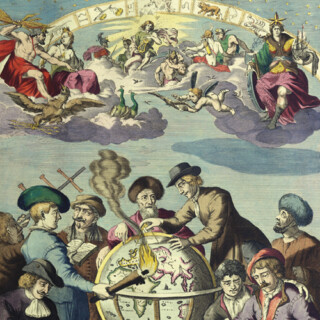Design for a Naval Monument proposed to be erected in Trafalgar Square
By John Goldicutt Architect, Member of the Academy of St Luke Rome.
London,
G. Hullmandel,
1833.
Lithograph.
280 by 450mm (11 by 17.75 inches).
12444
notes:
John Goldicutt (1793-1842) was a British architect and architectural draughtsman. He put this design forward for a fountain in Trafalgar Square, five years before a commission was established which decided that a monument to Admiral Horatio Nelson should be placed there instead. Goldicutt's monument is not a tribute to Nelson, despite the 'naval' title, but instead a celebration of the House of Hanover and especially of William IV, nicknamed the 'Sailor King' because he had...
bibliography:
BM 1917,1208.4407.
provenance:







![BAYNES, T[homas] M[ann] after GOLDICUTT, John Design for a Naval Monument proposed to be erected in Trafalgar Square](https://i0.wp.com/crouchrarebooks.com/wp-content/uploads/2025/04/12444_1H.jpg?fit=1700%2C1059&ssl=1)
